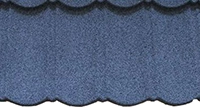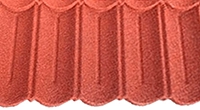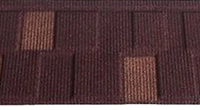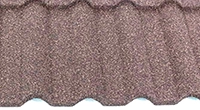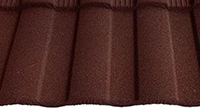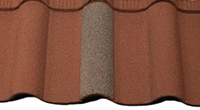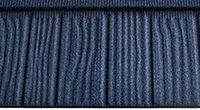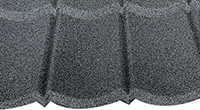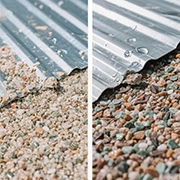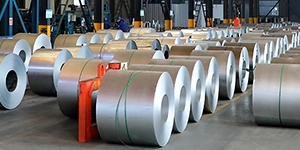How Do Thickness Requirements Vary for Stone - Coated Metal Roofing Tiles in Different Climate Scenarios?
The thickness requirements for stone - coated metal roofing tiles can vary significantly depending on the climate scenario in which they will be installed. Different climates pose unique challenges to roofing materials, and the appropriate thickness of the tile can help ensure its durability and performance.
In regions with harsh winters, such as areas in Canada and the northern parts of the United States, thicker stone - coated metal roofing tiles are often preferred. Cold temperatures, heavy snowfall, and ice dams are common in these areas. A thicker metal substrate, typically around 0.5 - 0.6 mm, provides better resistance to the weight of accumulated snow. It also helps prevent the tiles from being damaged by ice expansion. In addition, a thicker tile can offer better insulation properties, which is crucial for reducing heat loss from the building during the cold months. This can lead to lower energy bills for homeowners.
Conversely, in hot and sunny climates, like those in the Middle East or parts of Africa, the thickness requirements are more focused on heat resistance and durability against UV rays. While a thicker tile can still be beneficial for overall strength, a balance needs to be struck. A thickness of around 0.4 - 0.5 mm is often suitable. The stone coating on the tile plays a vital role in these climates. The stone particles help to reflect sunlight and reduce the absorption of heat by the metal substrate. A thicker coating of high - quality stone chips can enhance this heat - reflecting property. However, if the tile is too thick, it may retain more heat, which could be counterproductive.
In areas prone to high winds, such as coastal regions or areas with frequent storms, a thicker and more robust stone - coated metal roofing tile is essential. A thickness of at least 0.5 mm is recommended. The extra thickness provides greater strength, allowing the tiles to withstand the strong gusts that can lift or damage thinner tiles. For instance, in hurricane - prone zones like the Caribbean, tiles with a thickness of 0.6 mm or more are often specified. These thicker tiles have better wind uplift resistance, which is measured by standardized tests. The interlocking design of some stone - coated metal tiles, combined with their thickness, creates a more secure roofing system that can hold up against winds exceeding 100 miles per hour.
Rainy and humid climates, such as those in Southeast Asia or the Pacific Northwest of the United States, also have specific thickness considerations. In these areas, the main concerns are water resistance and the prevention of mold and mildew growth. While the thickness of the metal substrate itself isn't the sole factor in water resistance, a thicker tile can better support the stone coating, ensuring that there are no gaps or cracks where water can seep through. A thickness of 0.45 - 0.55 mm is commonly used here. The stone coating, when properly applied to a sufficiently thick metal base, forms a barrier that keeps water out. Additionally, the thicker metal is less likely to warp over time due to the constant exposure to moisture, which helps maintain the integrity of the roof's structure.
Regions with frequent hailstorms, such as parts of the central United States, require stone - coated metal roofing tiles with a thicker metal substrate. Hailstones can range in size from small pellets to large chunks, and they can cause significant damage to roofing materials. A thicker tile, around 0.55 - 0.7 mm, is more resistant to denting from hailstones. The stone coating also provides an extra layer of protection, but the metal's thickness is the primary defense. Thinner tiles may get dented, which not only affects the appearance of the roof but can also compromise the metal's integrity, leading to rust or corrosion over time.
In summary, the thickness requirements for stone - coated metal roofing tiles are closely tied to the specific climate conditions of the area. From harsh winters to high - wind zones, each climate scenario demands a certain thickness to ensure the tiles perform optimally and have a long lifespan.
